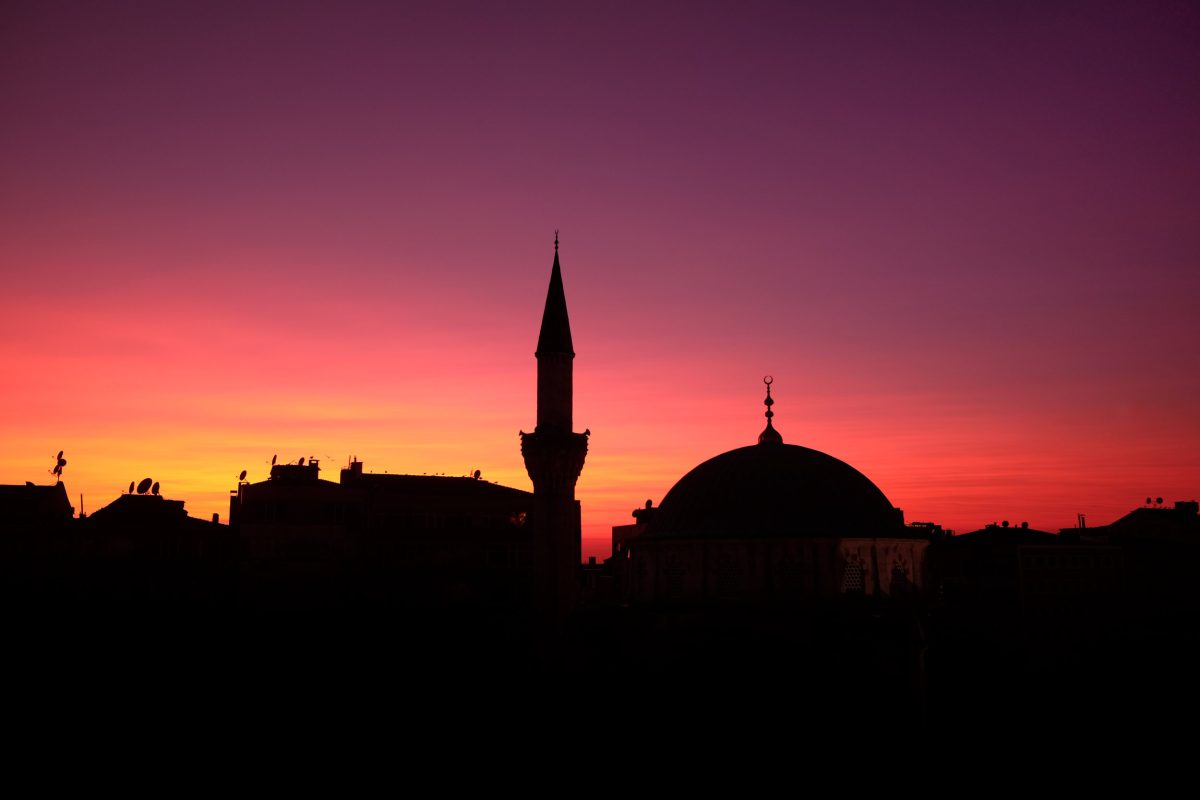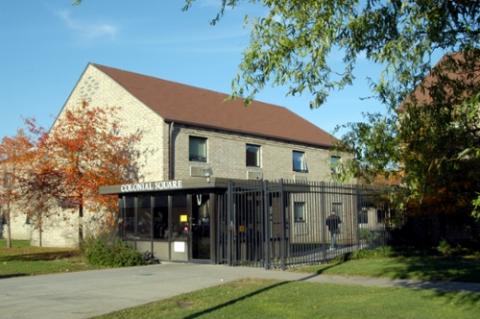The conflict in Kashmir, a strife-ridden region nestled between India and Pakistan, is experiencing one of its toughest periods yet. Following the controversial abrogation of a provision of the Constitution of India that granted Kashmir a degree of autonomy, an information blackout was imposed in the Kashmiri Valley and its surroundings, while major leaders have been placed under house arrest and violence persists on every street corner.
India and Pakistan are often cited as religiously divergent homes of Hindus and Muslims. But prior to the era of British reign, a degree of harmonious coexistence existed in the subcontinent. Hindus and Muslims had their fair share of distinctions, of course. Nevertheless, a mandir and a masjid – Hindu and Islamic houses of worship, respectively – were of equal societal importance. The lunisolar Hindu and lunar Hijri calendars operated side by side, and villages across each of the princely states celebrated Diwali and Eid-al-Fitr, festivals paramount to Hindu and Islamic polity, respectively. Rather than cause for indifference, Hinduism and Islam were cause for togetherness. The region of Kashmir embodied this, too. Such beautiful cultural synergism cultivated scientific advancement, literary proliferation and philosophical thought. There was virtually no need to isolate them.
Today, India and Pakistan are politically stark. Indians are inculcated from their youth with the same narrative, in which those on the other side of the border are the supposed villains, the so-called marauders of Kashmir. Pakistanis are, likewise, taught of the terrors of India – their hatred of Islam and their encroachment on Pakistani land dating back to the era of the Mughals and the sultanates. Both sides are utterly incorrect in their convictions. Nowadays, they exploit Kashmiri men and women in the name of hypernationalism and Hindutva extremism.
As much as I’d like to disassociate South Asian polity from religion, I cannot gloss over the fact that religious hegemony has played a significant role in Kashmir’s long history of violence. To better understand this, I’d like to refer to two historical figures: Saadat Ali Khan and Aurangzeb, both being well-known Muslim leaders during the Mughal dynasty.
Historical leaders such as Khan practiced religious tolerance, yet this is often glossed over. Aurangzeb’s destruction of mandirs is an oftewn-quoted fact, although Aurangzeb destroyed mosques just as frequently as he did temples. Hindus and Muslims fought hand in hand for independence against the British Raj, yet history textbooks in both India and Pakistan embolden the riots against one another. Students are taught about fights for freedom by Mahatma Gandhi and Muhammad Ali Jinnah, but seldom of the neutral and anomalous thought processes that existed independent of their widely-propagated ideas. For every instance of religious oppression in the subcontinent, there exists a counterexample, and generalizing the intent or character of Kashmiris based on a select few actions is unfair to those who strive for equality.
It is impossible to claim that the Taj Mahal, commissioned by the Muslim emperor Shah Jahan, does not stand in present-day India, and likewise that Hindu temples and monuments cease to exist in the Pakistani provinces of Balochistan and Sindh. The poet Ghalib, who wrote predominantly in the Pakistani national language of Urdu, is revered in both Pakistan and India. Spiritual fakirs like Sai Baba of Shirdi play a significant role in the lives of Hindus and Muslims alike. Pakistanis consume an exorbitant amount of Indian films, while India employs several actors, actresses and singers from Pakistan. Nevertheless, both countries spend an exorbitant amount of money combatting one another. Funds are deliberately poured into the linguistic distancing of Hindi and Urdu through the removal of Farsi-origin or Sanskrit-origin words. Pakistan was formed on the basis of uniting the Muslim population of the subcontinent; however, Hindus and Muslims subsisted in mutual tolerance in the past, just as they do now. Thus, such a theocratic ideology does not stand ground. Hindutva nationalism is just as culpable, and serves as the background for the brutality and oppression in today’s Kashmir.
It’s the aforementioned fluidity of the spectrum of South Asian identities that is neglected with respect to the conversation about Kashmir. The rhetoric of the news media, involved governments and general public is almost entirely binational. Kashmiris are either with India or with Pakistan. They’re either jingoistic or anti-national. Discourse about Kashmiris, ironically, doesn’t involve Kashmiris. And that’s where the problem lies. Many Kashmiris, for a host of reasons, identify with neither India nor Pakistan. Ethnicities don’t fit cleanly into borders, and the Kashmiri identity is a perspicuous example of this fact.
It is important to make the distinction between one’s passport and one’s heart. The former, in this case, bears the name of either India or Pakistan, while the latter, if one so chooses, may bear the names of one or the other, both or neither.
As a journalist and a South Asian, I don’t have the luxury of being able to disassociate myself from ongoing human suffering. The millions of Kashmiris currently suffering under a callous communications blockade don’t either. Nevertheless, the more we consider the events in Kashmir to be a matter of Indian importance instead of humanitarian importance, the further we stray from genuine global equality.







